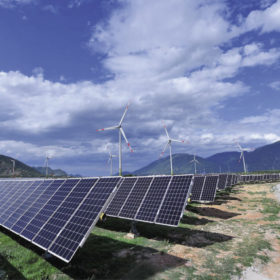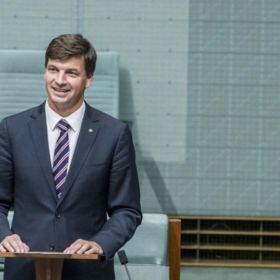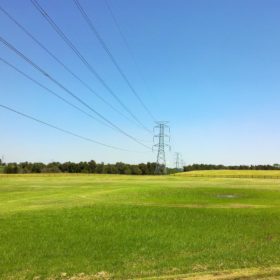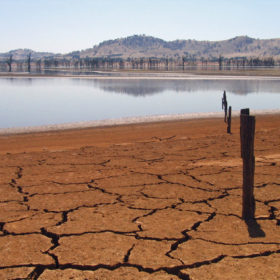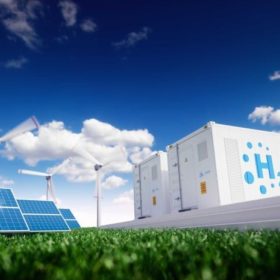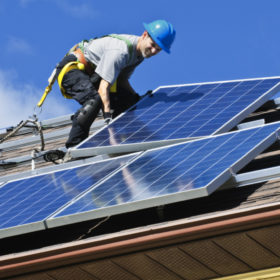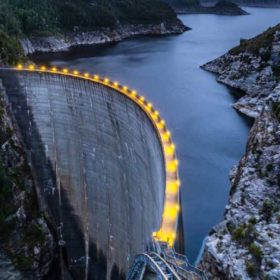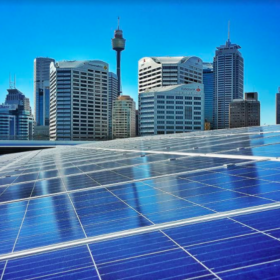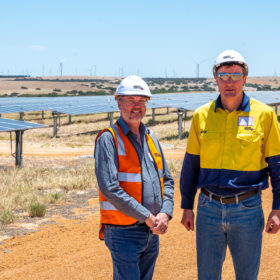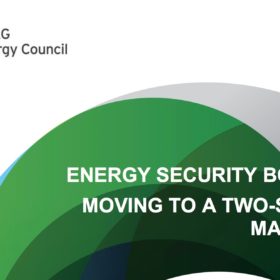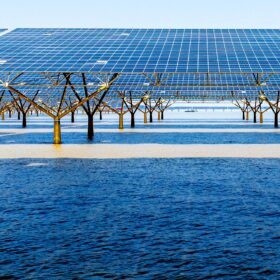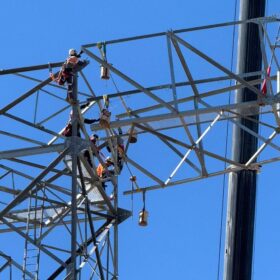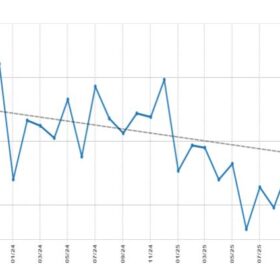AEMO: The grid can handle 75% renewables by 2025
The Australian Energy Market Operator (AEMO) has found that the country already has the technical capability to safely operate a system where three-quarters of electricity comes from wind and solar. However, to do so it needs to get regulations right.
“Queenslander!” call to fight new coal investment
A new poll of 1000 Queenslanders has found strong support for the State to invest in renewable energy and a concordant distaste for coal. The results come amid political debate as to the viability of a new coal-fired power station in North Queensland.
AER’s final approval takes QNI to shovel-ready status
The Australian Energy Regulator has approved the final phase of the Queensland – New South Wales Interconnector upgrades. TransGrid and Powerlink are now ready to begin civil construction in the coming weeks.
Zero-emissions solutions are ready to roll, right when the economy needs them most
A major new report finds there is a pathway to zero emissions for every major economic sector in Australia. Over 18 months in the making, Decarbonisation Futures offers fresh ideas for how Australia can embrace the zero-emissions future that is visible on the other side of the pandemic, writes Amandine Denis-Ryan of ClimateWorks Australia.
The solar highway to Australia’s renewable hydrogen economy
Modelling from a new report backed by ARENA has found that on-site solar electrolysis is not only the most cost-effective way of reaching Australia’s ambitions of both a domestic and export hydrogen economy, but perhaps the only way.
NSW amends laws to pave the way for rooftop solar and big batteries
The New South Wales government has amended legislation to allow for larger-scale solar systems to be installed on homes and commercial buildings without council approval and to facilitate the installation of utility-scale batteries.
New white paper attests to Tasmania’s deep storage potential
New analysis highlights the need of, and Tasmania’s potential for, deep storage to back up Australia’s future energy market. Tasmania is determined to become the Battery of the Nation.
Solar Bay begins $350 million solar buyback initiative
Renewable Investment Fund Solar Bay is dishing out its $350 million mandate over the next three years by buying on-site solar systems to provide discounted PPA’s. The move is part of an ongoing trend in smaller-scale renewable investment.
“De-constraining the grid”: inside WA’s new rooftop PV roadmap
Earlier this month, the Western Australian government released its Distributed Energy Resources (DER) roadmap. Another report focused on the threats posed to grid stability by accelerating solar uptake? Not so, says Bill Johnston, the WA Minister for Mines and Petroleum, Energy and Industrial Relations; it’s about opportunities.
NEM 2.0 – COAG sets out for two-sided market
The COAG Energy Council’s plan to unlock Australia’s potential to reindustrialise its energy system has taken another step forward with the publishing of an Energy Security Board consultation paper. The paper discusses what the two-sided market required to free up the potential of household energy technology will look like.
